SpaceX is once again preparing to make history as it readies the eleventh test flight of its Starship launch system. Scheduled for liftoff from the company’s Starbase facility in Boca Chica, Texas, this mission will serve as a major benchmark for Elon Musk’s ambitious vision of interplanetary travel.
While previous flights have tested Starship’s fundamental capabilities — from stage separation to atmospheric reentry — Flight 11 aims to fine-tune reliability and operational readiness ahead of the next phase of development. Engineers describe this as a “transitional” mission that will bridge the gap between the current design and the upgraded Starship vehicles now under construction.
Launch Schedule and Window
The launch is expected to take place on Sunday, October 13, 2025, with a target liftoff around 6:15 p.m. Central Time. SpaceX has a launch window extending for roughly an hour, allowing for last-minute weather or technical adjustments.
If conditions are favorable, the massive Super Heavy booster — standing over 230 feet tall — will ignite all 33 Raptor engines to lift Starship skyward. Within just over two minutes, the vehicle will reach maximum aerodynamic pressure, marking one of the most extreme mechanical stresses endured by any rocket in operation.
What Flight 11 Will Test
The goals for Flight 11 are focused, precise, and technically demanding. SpaceX will attempt several new milestones designed to move the program closer to full operational capability:
- Simulated Satellite Deployment:
Starship will carry a series of mock payloads designed to simulate Starlink satellites. These payloads will help validate deployment systems and confirm the rocket’s ability to support commercial missions. - Engine Reignition in Space:
Engineers plan to restart Starship’s upper-stage engines after achieving orbit — a crucial step for missions that require multiple burns, such as lunar landings or interplanetary transfers. - Controlled Splashdown:
Both the Super Heavy booster and the Starship upper stage will attempt controlled splashdowns in the ocean. Unlike some earlier tests, the company will not attempt a “catch” using the giant mechanical arms on the launch tower. Instead, they will focus on refining precision landing software and booster recovery tracking. - Thermal Protection Evaluation:
The rocket’s heat shield tiles will be subjected to intense reentry conditions, providing valuable data on their endurance. Improved durability is essential for achieving SpaceX’s goal of rapid rocket reuse.
A Final Test for Version 2 Hardware
Flight 11 is expected to be the final major test using the Version 2 configuration of the Starship and Super Heavy system. This design has already achieved several successful reentries and partial recoveries, but SpaceX is eager to implement lessons learned into the next generation — known internally as Version 3.
The upcoming iteration is rumored to feature lighter composite materials, enhanced engine performance, and an even more heat-resistant tile system. Before those upgrades debut, however, Flight 11 must prove that the current model can deliver consistent, repeatable performance.
Flight Profile and Timeline
SpaceX’s detailed plan for the mission follows a carefully orchestrated sequence:
- T-1 hour: Propellant loading begins, filling the booster and ship with supercooled liquid methane and oxygen.
- T-3 minutes: Final engine chill-down and systems checks.
- T-0: Liftoff — all 33 Raptor engines ignite.
- T+2 minutes, 40 seconds: Stage separation; the booster begins its descent while Starship ignites its six upper-stage engines.
- T+6 minutes: Super Heavy begins a controlled descent and splashdown.
- T+9 minutes: Starship engine cutoff as it coasts in suborbital trajectory.
- T+1 hour: Starship reenters the atmosphere for a high-speed splashdown in the Indian Ocean.
Why This Flight Matters
SpaceX views Flight 11 as a pivotal step toward operational reusability. Each test flight has brought the company closer to achieving the goal of recovering, refurbishing, and relaunching Starship in rapid succession.
More importantly, the mission’s success will influence several upcoming milestones:
- The deployment of next-generation Starlink satellites, which rely on Starship’s massive payload capacity.
- The timeline for NASA’s Artemis program, which has selected a modified version of Starship as its lunar lander.
- Preparations for eventual Mars cargo and crew missions, one of Elon Musk’s ultimate objectives.
If this flight achieves its goals, SpaceX will have effectively demonstrated that its fully reusable, heavy-lift system is ready to move beyond testing and into practical deployment.
Looking Ahead
As with all high-stakes spaceflights, the weather and last-minute technical checks could alter the schedule. However, confidence within SpaceX remains high. Engineers have refined both hardware and procedures based on lessons from earlier tests, and each successful launch builds credibility with regulators, commercial partners, and the global space industry.
Flight 11 isn’t just another milestone — it’s the mission that will determine whether Starship is ready to evolve from an experimental platform into the workhorse of future space exploration.

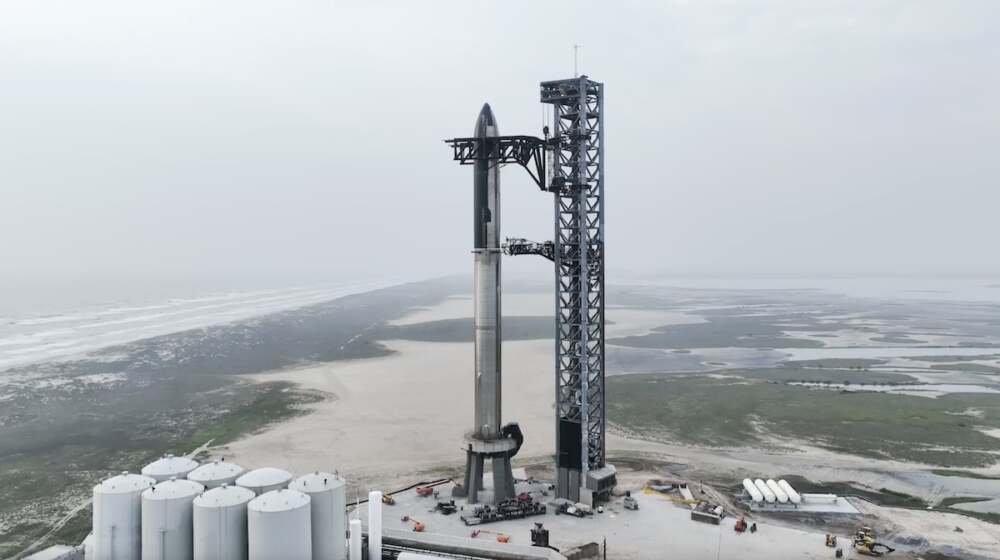
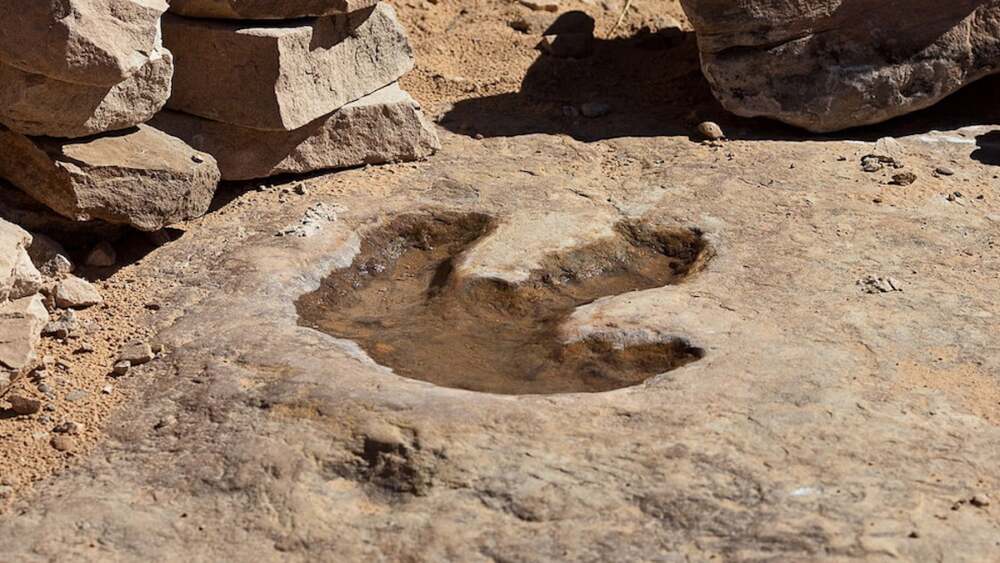



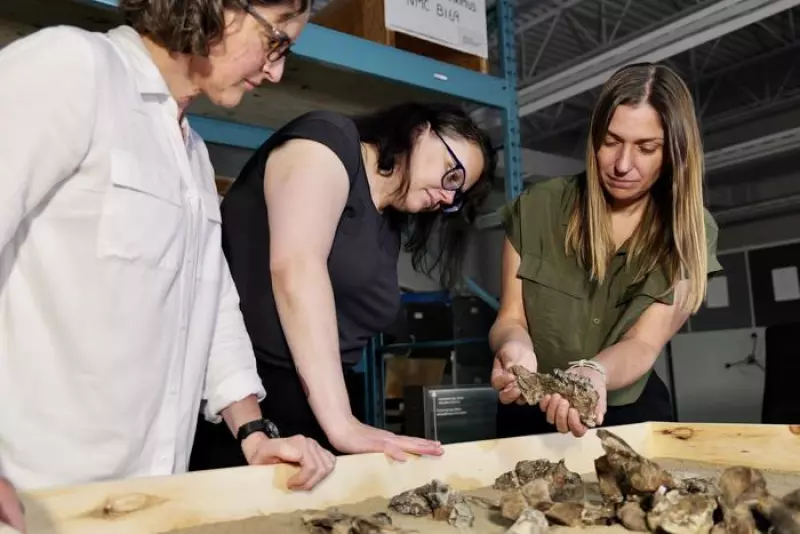
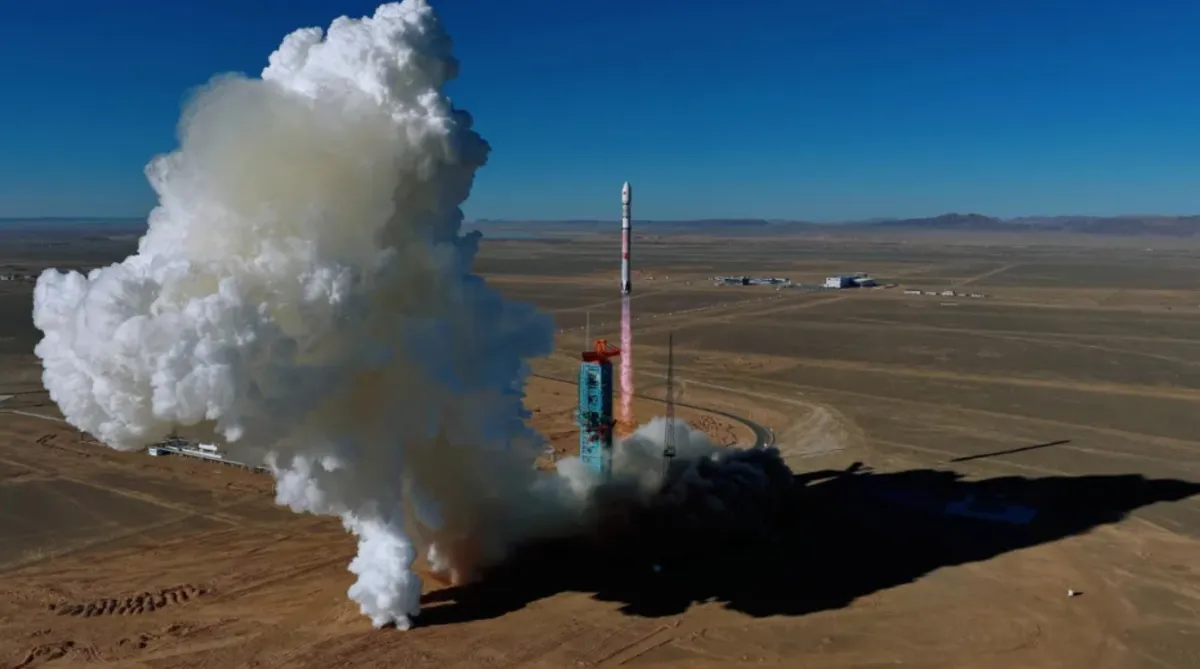
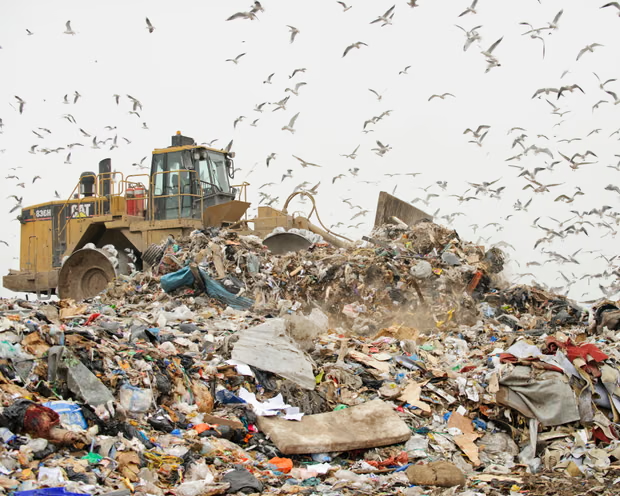







Leave a Reply